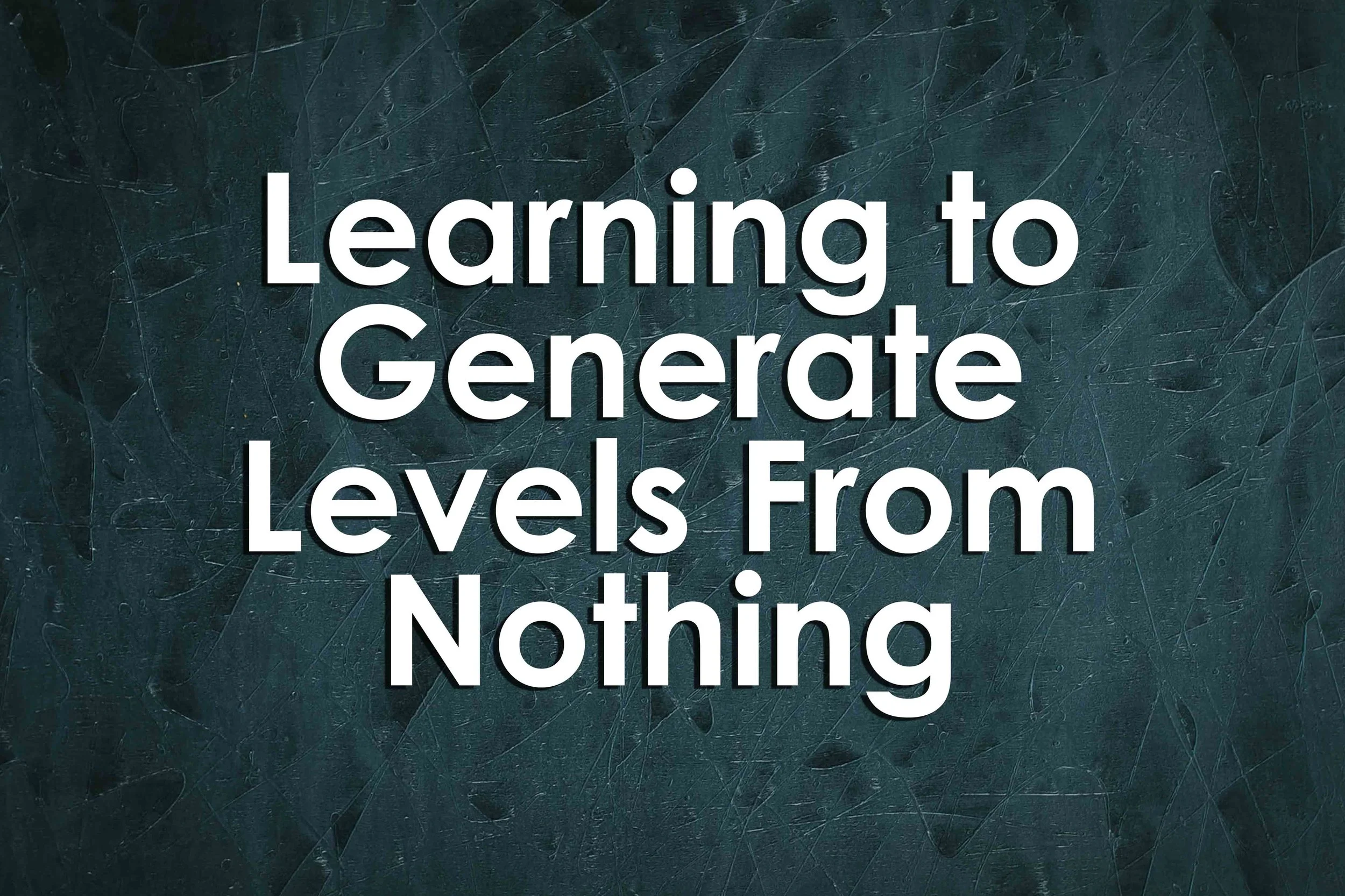Learning to Generate Levels From Nothing
Learning to Generate Levels From Nothing
Learning to Generate Levels From Nothing
By Philip Bontrager and Julian Togelius
Abstract
“Machine learning for procedural content generation has recently become an active area of research. Levels vary in both form and function and are mostly unrelated to each other across games. This has made it difficult to assemble suitably large datasets to bring machine learning to level design in the same way as it's been used for image generation. Here we propose Generative Playing Networks which design levels for itself to play. The algorithm is built in two parts; an agent that learns to play game levels, and a generator that learns the distribution of playable levels. As the agent learns and improves its ability, the space of playable levels, as defined by the agent, grows. The generator targets the agents playability estimates to then update its understanding of what constitutes a playable level. We call this process of learning the distribution of data found through self-discovery with an environment, self-supervised inductive learning. Unlike previous approaches to procedural content generation, Generative Playing Networks are end-to-end differentiable and does not require human-designed examples or domain knowledge. We demonstrate the capability of this framework by training an agent and level generator for a 2D dungeon crawler game.”
Reference
Bontrager, P., &Togelius, J. (2021). Learning to generate levels from nothing. IEEE Xplore. Retrieved January 12, 2022, from https://ieeexplore.ieee.org/abstract/document/9619131/keywords
Keyword
Training, knowledge engineering, machine learning algorithms, image synthesis, conferences, crawlers, games, research

